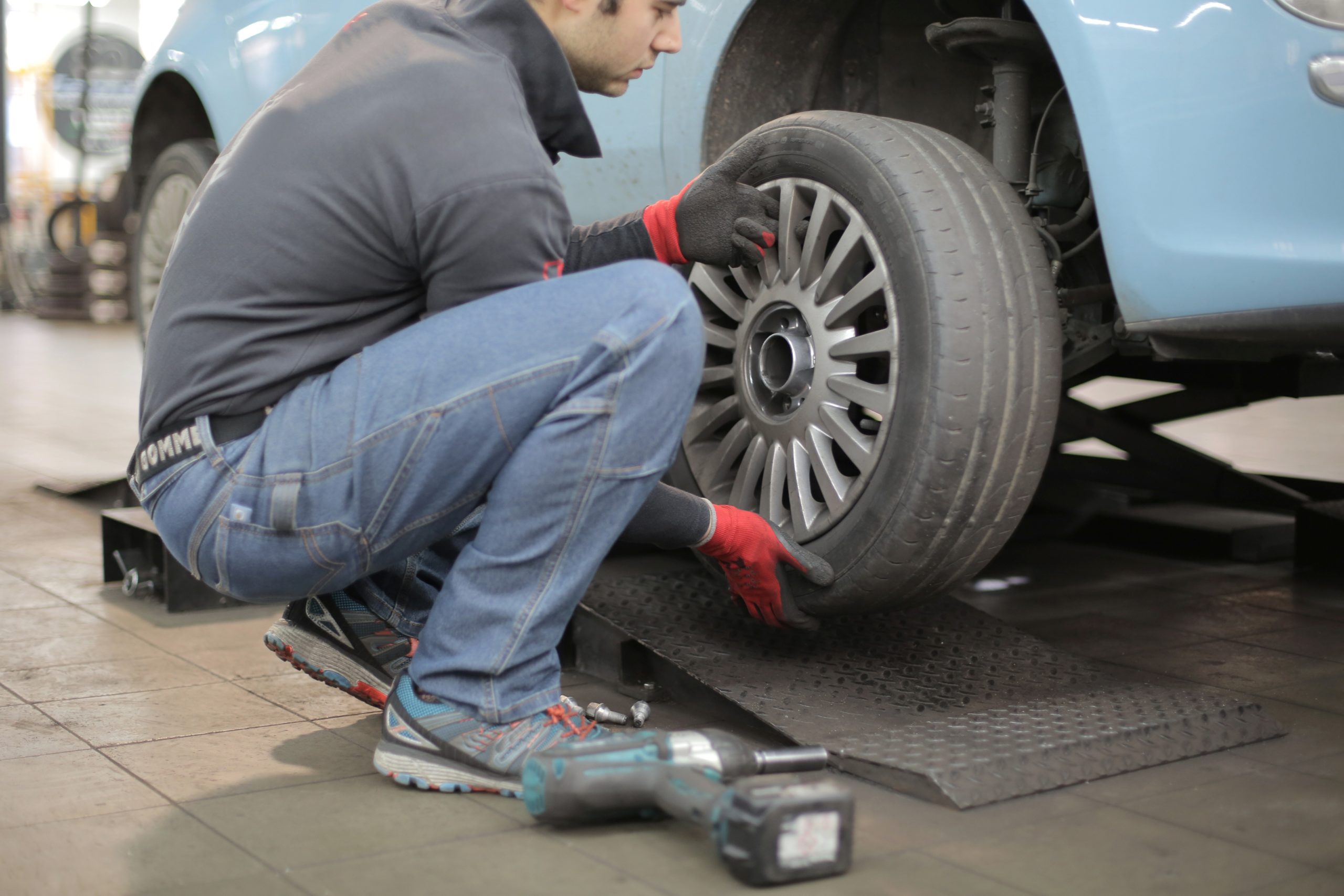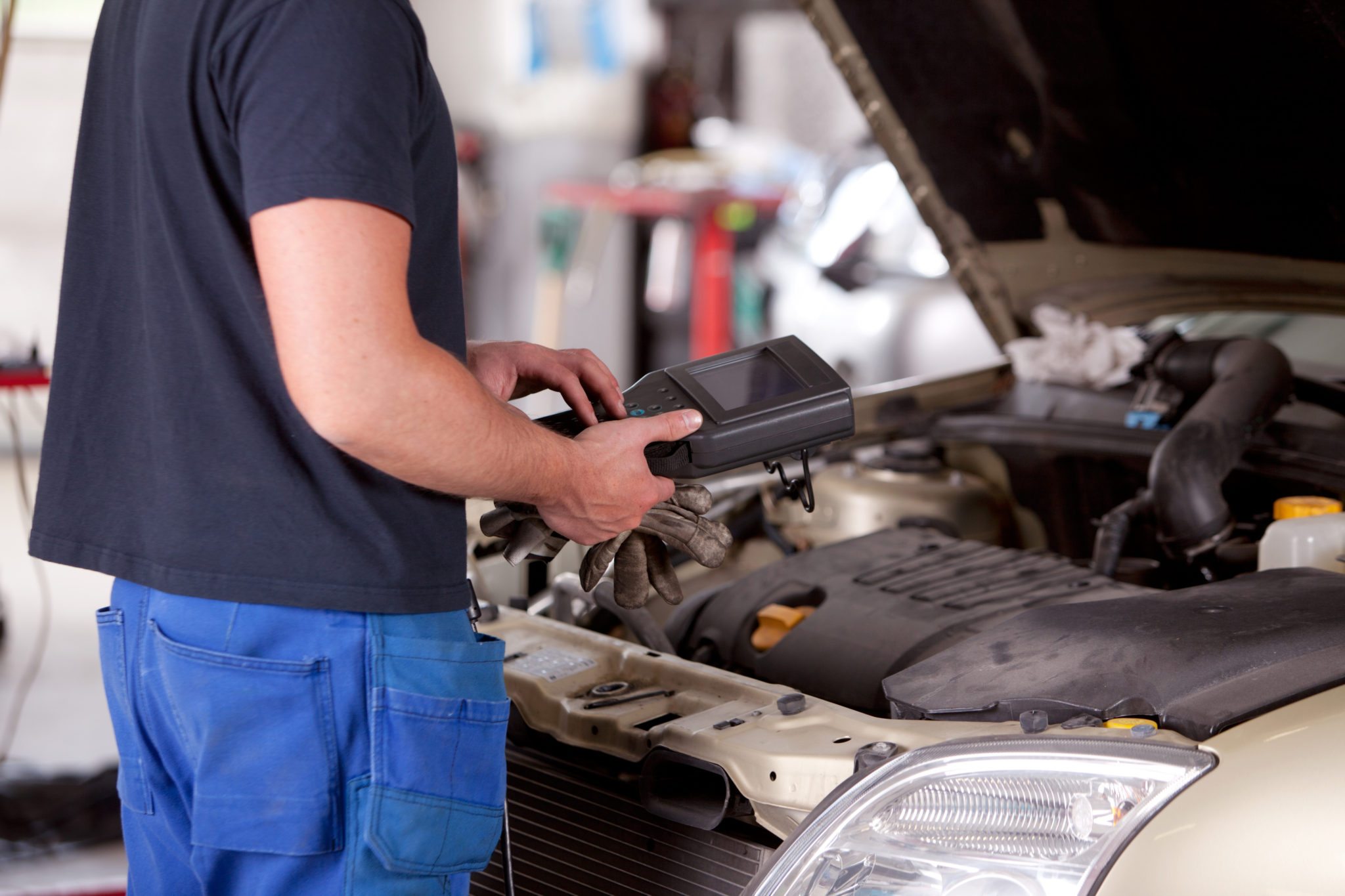A flat tyre! Bummer!
Whether we like it or not, flat tires can happen to anyone—usually, at the most inconvenient times. A quick call to your nearest and trusted auto repair shop can easily solve your roadside emergency, but it can also take some time and money to get it professionally done. Not to mention, your mobile phone may have run out of battery or the call may not push through entirely.
Good thing, changing a tire is not that hard. The next time you encounter a flat, you don’t need to pull out your phone and wait for roadside assistance. Instead, keep this page bookmarked or downloaded to easily guide you through changing a flat tire.
Toolkit
Before hopping in your car for your next drive, make sure you have these in the trunk:
- Jack
- Fully inflated spare tire
- Lug wrench
- Vehicle owner’s manual
- Flashlight with extra batteries
- Rain poncho
- Gloves
READ: 11 Things Every Car Owner Should Keep in Their Car
The jack, spare tire, and lug wrench are the three basic items you need to change a flat tire. Other items listed above can help make the process of changing a flat a lot easier. For instance, having a flashlight with extra batteries can help when changing your tire in the dark, and gloves can keep your hands clean and protected. If it also happens to rain, a rain poncho can help keep you dry. Lastly, keeping the vehicle owner’s manual at your disposal will definitely make the whole process of changing a tire easier.
Find a safe location to pull over
As soon as you realize you have a flat tire, don’t panic and immediately step on your brakes. Turn on your hazard lights to alert nearby drivers of your emergency. Slowly reduce your speed while taking a quick scan around. Find an area with a flat, straight stretch of road with a wide shoulder. Never attempt to change a flat on a curve, as your car may roll down the slope. Likewise, don’t change a flat on a narrow road near oncoming traffic either. An ideal place would be a parking lot.
Once you’ve secured your vehicle in a safe place, it’s time to whip out your vehicle owner’s manual. A quick scan of your manual should show you specific steps they may enumerate when changing a flat.
Make sure to also use your parking brake to prevent your vehicle from rolling away. If you happen to have a standard transmission unit, put the car in reverse or first. If you have wheel wedges or anything that can be placed in front of your tires, use them to further prevent your car from rolling. Changing a rear tire needs wheel wedges to be placed in the front tires and vice versa.
Loosen Lug Nuts
If a wheel cover or hubcap is covering your lug nuts, pry them off using the end of your lug wrench. However, you may want to look back on your manual to see if any hubcap removal process is specified.
Using the lug wrench, loosen the nuts by turning it in a counterclockwise manner just until it breaks its resistance. This may need a bit of time and a lot of force, so throw in some elbow grease to loosen those lug nuts. Remember to just loosen the nuts without completely removing them.
Lift the Vehicle Using a Jack
Before placing the jack under the vehicle, consult first with your manual to make sure you follow the correct procedure of placing a jack on your car. The general rule of thumb here is to avoid placing the jack on any piece of moulded plastic framing and sticking only to the metal parts of the car.
Once the jack is in its proper place, lift the vehicle around 6 inches off the ground, making sure nobody part is under the car during the lifting process.
Remove the Flat Tire
Since the lug nuts are not loosened, you should be able to unscrew the lug nuts by hand. Then, gently pull the tire towards you by the treads until it breaks free from the hub placed behind it. Once the flat is out, lay it on its side so it won’t roll down.
Mount the Spare Tire
Place the spare tire on the hub, making sure it lines up with the lug bolts found on the hub. A gentle push should show the lug bolts through the rim. Put the lug nuts back on and turn it in a clockwise manner to tighten it.
Lower the Vehicle
Using the jack, lower the jack just so the spare tire touches the ground. Using the lug wrench, tighten the lug nuts even further in a clockwise direction. Completely lower the vehicle to the ground and remove the jack. Turn the lug nuts again to make sure they’re as tight as possible. Replace the hubcap back on if it happens to fit.
Aftermath
Once you’ve successfully changed your tire, make sure you properly stow away the items you used back in your car. It might also be a good idea to use a tire gauge to check the pressure of your tire, or you may also visit the nearest gasoline station.
Then, bring your flat tire to a technician to get it checked for repairs or possibly a sale. Knowing how to change a flat tire is a must as it can save you the time, hassle, and money of calling an auto repair shop.
If all else fails, keep our number on the speed dial in case you need road assistance: 09- 426 5016.


